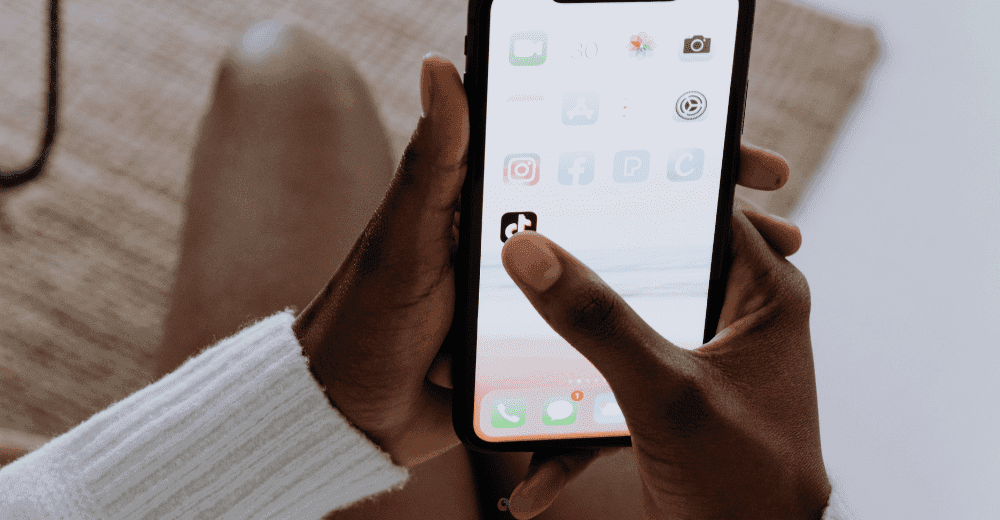Table of Contents
Internal records from TikTok expose a shocking indifference to the possible harms of the app to American teenagers, it was revealed recently. Such findings have come after a two-year investigation by 14 attorneys general and the resulting lawsuit levied against the popular platform. The complaint is a serious one: the allegations are that TikTok deliberately designed the application to addict youngsters, besides minimizing the risks associated with such a design.

The Lawsuit: What You Need to Know
In a lawsuit against them, among others, by the Attorney General of Kentucky, it has been mentioned that TikTok misled the public about app hazards. In fact, the internal documents proved that the company was aware of the harm it was causing to mental health with excessive screen time; instead of taking any remedial action useful in nature, it prioritized user engagement over retention.
Eye-Opening Internal Communications
Kentucky Public Radio stumbled upon about 30 pages of internally prepared documents that were previously redacted. It shows that the top executives at TikTok, in fact, knew the dangers lurking with their platform. One striking internal memo discovered that the company found young users can get hooked to the app in only 35 minutes and would go on to watch an incredible 260 videos before forming a habit. This has sent alarm bells ringing among parents and guardians concerned about screen time for children.
Acknowledging the Harm
The internal research highlighted by state investigators suggests that compulsive usage correlates with serious mental health issues, including anxiety and loss of empathy. Despite this, TikTok’s attempts to mitigate the risks, like implementing time-management tools, showed minimal effectiveness—only managing to reduce daily screen time by a mere 1.5 minutes.
One TikTok employee candidly expressed that their goal was not to reduce time spent on the app but to boost daily active users and user retention. This statement is particularly concerning, as it reveals a corporate priority that seems to prioritize profit over the well-being of its young audience.
Filter Bubbles and Content Moderation
The investigation into TikTok also sheds light on how the platform’s algorithm creates “filter bubbles,” where users are only exposed to content that reinforces their beliefs. TikTok’s own documents state that users could be funneled into negative filter bubbles after just 30 minutes of use, leading to exposure to harmful content related to self-harm and eating disorders.
Despite having content moderation policies in place, many harmful videos slipped through the cracks, sometimes garnering tens of thousands of views before being removed. This lack of effective moderation is deeply concerning, particularly for the young users who are most vulnerable to such content.
Moving Forward
As TikTok fights back against these allegations, the situation raises pressing questions about the responsibility of tech companies in safeguarding their young users. With nearly 95% of smartphone users under 17 using TikTok, it’s essential for parents, educators, and policymakers to pay attention.
In the wake of these revelations, it’s clear that the conversation surrounding social media’s impact on mental health must continue. Awareness is the first step, but we need action. It’s crucial that platforms like TikTok prioritize the safety and well-being of their users over profit.
Conclusion
The recent lawsuits against TikTok serve as a reminder of the potential dangers that come with unregulated social media use, especially among teens. As the investigation unfolds, it is our collective responsibility to advocate for a safer online environment for our young people. Stay informed, and let’s keep the conversation going about the importance of mental health in the digital age.

